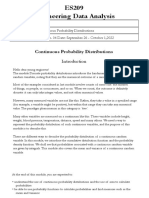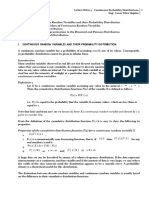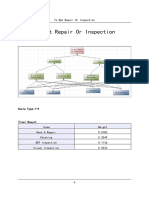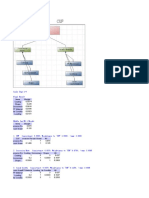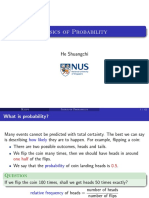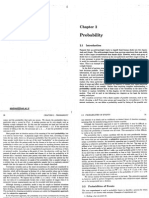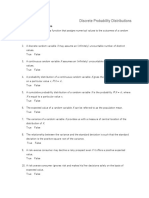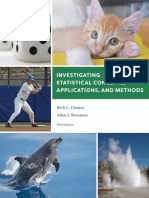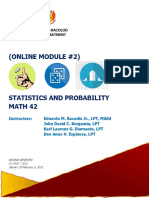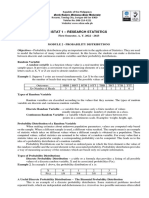0% found this document useful (0 votes)
38 views36 pagesContinuous Random Variables: He Shuangchi
The document discusses continuous random variables. It begins by examining how a discrete random variable describing the time until a coin lands heads first approaches a continuous distribution as the number of coin flips per minute increases. It then defines continuous random variables, probability density functions, and cumulative distribution functions. It also discusses how to find the distribution of a function of a random variable and the percentile of a continuous distribution.
Uploaded by
ZhengYang ChinCopyright
© © All Rights Reserved
We take content rights seriously. If you suspect this is your content, claim it here.
Available Formats
Download as PDF, TXT or read online on Scribd
0% found this document useful (0 votes)
38 views36 pagesContinuous Random Variables: He Shuangchi
The document discusses continuous random variables. It begins by examining how a discrete random variable describing the time until a coin lands heads first approaches a continuous distribution as the number of coin flips per minute increases. It then defines continuous random variables, probability density functions, and cumulative distribution functions. It also discusses how to find the distribution of a function of a random variable and the percentile of a continuous distribution.
Uploaded by
ZhengYang ChinCopyright
© © All Rights Reserved
We take content rights seriously. If you suspect this is your content, claim it here.
Available Formats
Download as PDF, TXT or read online on Scribd
/ 36















